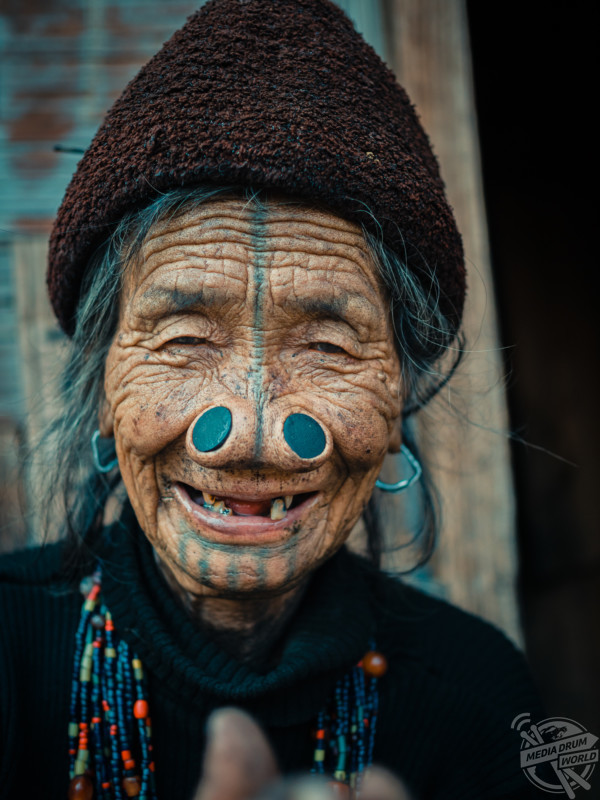By Dan Coles
THE LAST generation of the little-known “plug nose” women of a remote Indian tribe have been photographed before they vanish from our planet.
Intimate images show the elder women of the Apatani tribe showing off their nose plugs, a form of body modification intended to make females of the tribe less attractive and therefore less likely to be kidnapped by neighbouring hostile tribes.
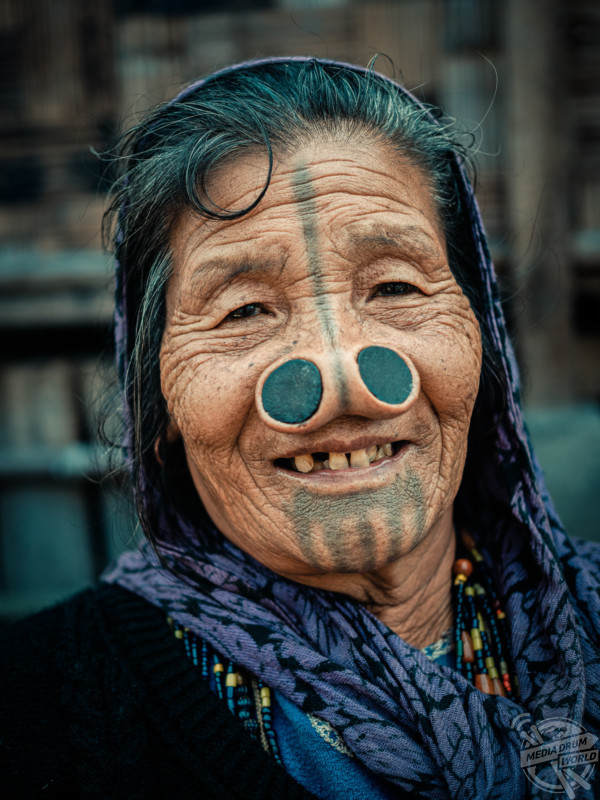
Other images also show a range of facial tattoos, another tradition of the female members of the tribe.
Thirty-three-year-old Lebanese photographer Omar Reda took the photographs while travelling in north-east India.
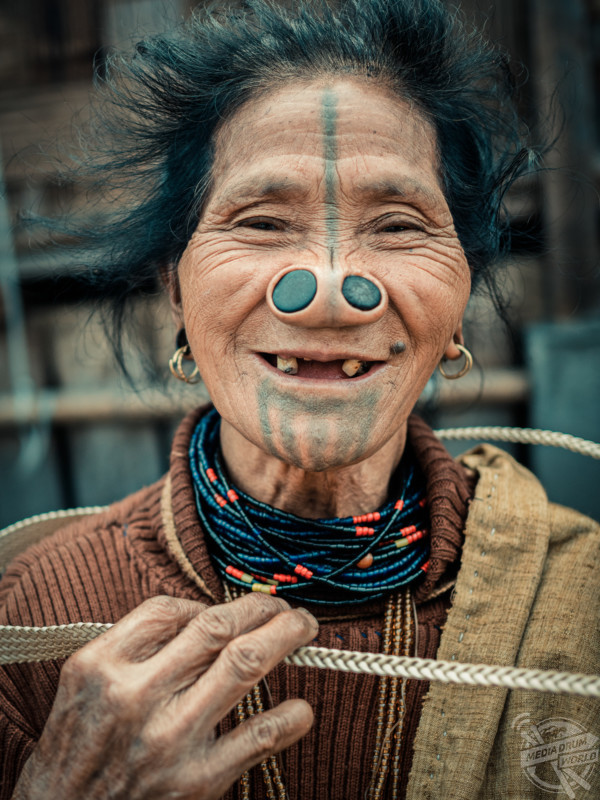
He spent three days with one hundred of the Apatani people in their settlement, Ziro Valley, which is located in Arunachal Pradesh, India.
“I couldn’t take my gaze away from the nose plugs of the senior women,” said Omar.
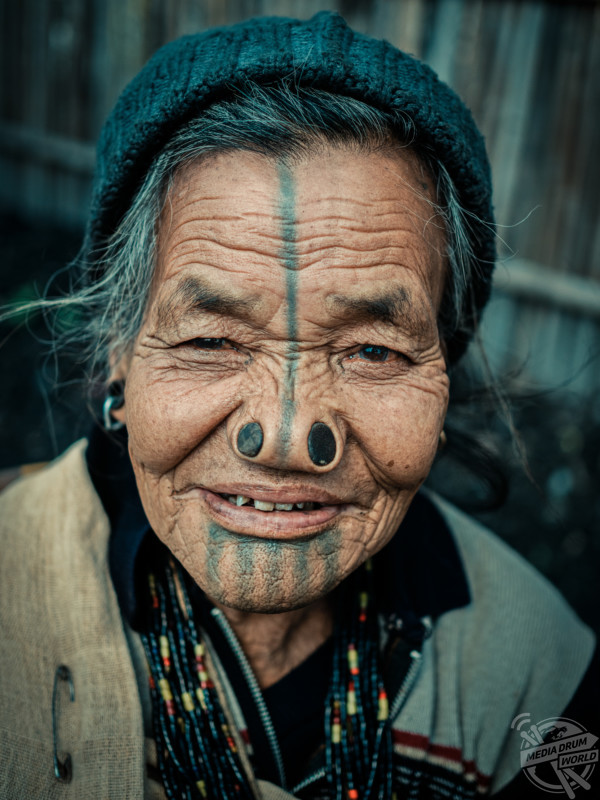
“I visited many tribes around the world; this was my first encounter with such nose decoration.
‘’What shocked me more is the story behind it.’’

OmarReda / Universal Features / mediadrumworld.com
Nose plugging was a ritual performed to make the women of the tribe look less appealing to potential kidnappers.
The elders of the tribe at the time had to do this to avoid the women being attacked. These images make up a collection of the last elder women to endure the ritual since it was declared illegal by the Indian government in 1970.
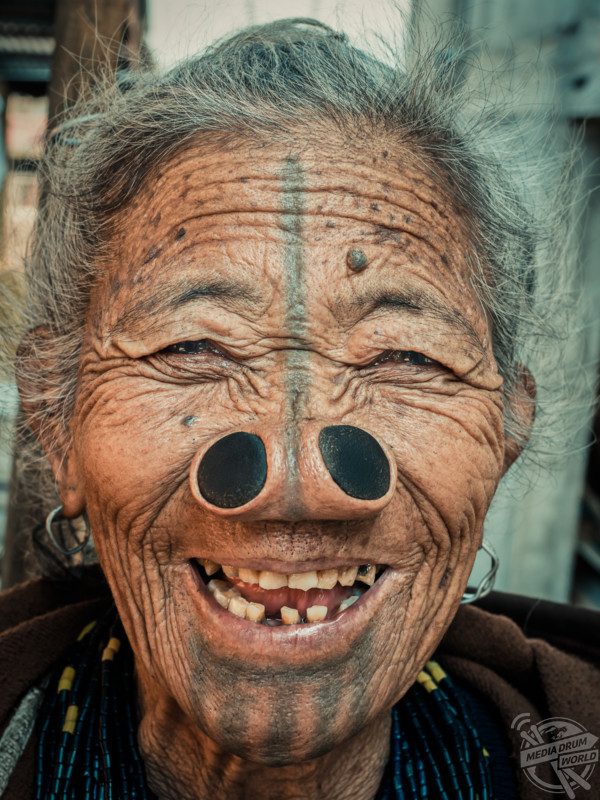
OmarReda / Universal Features / mediadrumworld.com
In more recent years, the tribe see the nose plugging tradition as something to be proud of. Although it was originally used for protection, it’s now a part of the tribes’ identity.
‘’This ritual transformed from deformation to cultural pride,’’ Omar said.
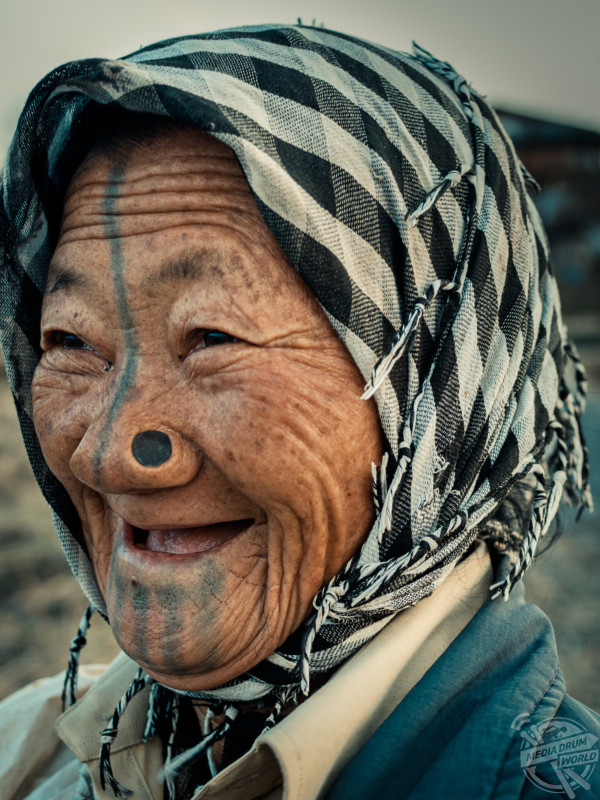
Ziro Valley was added to the UNESCO World Heritage list in 2014.
For more information: www.mediadrumworld.com

